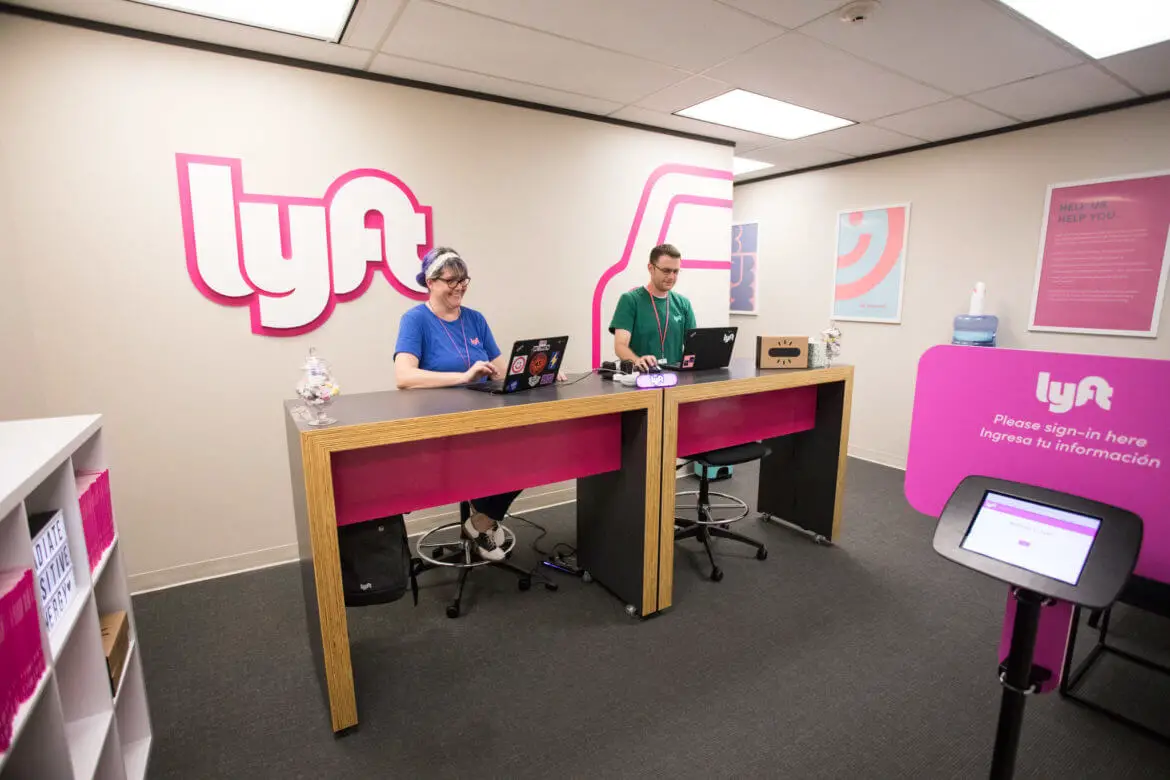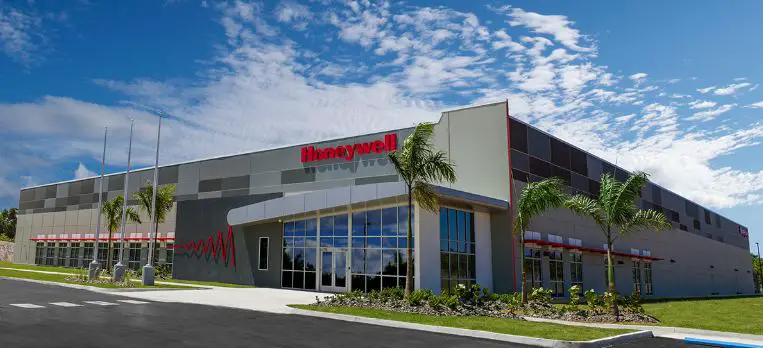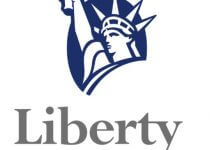Uber Mission and Vision Statement Analysis

Uber’s mission statement is “Transportation as reliable as running water, everywhere for everyone.” In a precise way, the statement draws attention to what the company is all about – treating its customers to memorable services. The following components can be linked to this mission statement:
- Improvement of lives. Uber recognizes the unprecedented challenges faced by the contemporary communities as enshrined in this component of its mission statement. To leave an impact while addressing these issues, the company strives to promote the right application of technology alongside good partnership to create an environment that promotes both individual and communal thriving. For instance, this is what Uber has been implementing with its global citizenship programs, something that has shown to have enough potential to aspire change in the lives of people not only economically, but also socially. Moreover, the company also continues with this concept through its support for cities, and this has drastically changed communities.
- Exceeding expectations. While transport is the primary objective of this company, Uber has gone beyond this mandate to link other convenience services and care for its customers. For instance, the company has incorporated delivery components such as helping people order and deliver foods more quickly at attractive rates. And, that is just the tip of the iceberg – Uber has special health care rides dubbed ‘Uber health’ to offer its customers the safest and fasted support to acquiring the healthcare they need. Through these services, the company has shown that it is much more than what most expect it to be. It is a reliable and dependable partner for all.
- Everywhere for everyone. Uber has been vibrant in ensuring that it satisfies this aspect of its mission statement. The diversification of the services of the company to include road and air travels among other unique customer-tailored services has made Uber a company of choice for all. The rise beyond regional limitation to have its presence felt at the global scale is another commendable effort Uber has made to satisfy this component, making it an international company.
Introduction
In just over a decade, Uber Technologies Inc. is a company that has drastically grown from a localized transportation company into a mega global transportation network firm. The success recorded by Uber is attributed to the organizational culture promoted by the mission and vision statements of the company. In fact, these have created a reputation that has enabled the company to come out as the leading player in the sector, operating in 785 countries at the global level, more than any other firm running the same business model.
The vision statement of any company is a declaration of particular goals achievable within a set timeline that the management wants to be an influence on its decision making and operations of the company. The vision statement of Uber, as depicted by the growing desire to conquer convenience and comfort-based transportation, points at the change that this company is set to inject in the sector. It is closely related to its mission.
A mission statement outlines the strategic approaches that a management team exploits to take the company towards the set goals or the vision of the establishment. In the case of Uber, its mission statement emphasizes the experiences and limitless services that the company’s strategic model has on the customers it serves. The company also points to the inseparable bond between its accomplishments and the core values that define the organization.
Core values are essentially the guiding principles adopted by the company to keep everyone and everything in line with the target goals. For Uber, its values such as being customer obsessed, building globally, and celebrating the differences have been instrumental in the progressive advancement of this company into new functions and parts of the world. There is no doubt that together with the mission and vision statements, these corporate elements have positioned Uber as atop of the list of companies in this niche.
Vision Statement
Uber’s vision statement is “We ignite opportunity by setting the world in motion.” The vision statement is all about the level of influence the company has not only in the transportation niche but also in other life processes that depend on what it does. One can draw several components from this vision statement:
- Ignite opportunities. Uber is a company whose activities link people with others and places. Additionally, the convenience associated with the services offered by Uber has diverse benefits including making sure people arrive at their destination just in time to grab opportunities that await them. And that is not all, Uber gives its customers an opportunity to easily manage and set the rides of its employees from the comfort of their offices. For instance, the company allows clients to manage and use a team app through which they can enjoy expenseless rises.
- Setting the world in motion. Reliability is the trademark that Uber identifies itself with. Ever since its establishment in 2009, Uber has never failed its clients in getting things right to the satisfaction of its customers. The company provides a wide range of services including air rides to suit the diverse needs that satisfy the capability of the company to set the world in motion. Essentially, where it operates, there is no destination beyond the reach of this company. All the customer has to do is make a request, hop and enjoy the ride at budget-friendly rates.
Core Values
Uber core values comprise “we build globally, we live locally, we customer obsessed, we celebrate differences, we do the right thing, we act like owners, we persevere, we value ideas over hierarchy, we make big bold bets.” With these values, Uber has made a name for itself as the most dynamic, reliable, and progressive ridesharing company.
The scope of operation of this company shows that it has expanded its reach to the global level in such a way that it makes travel feel local. Its ability to meet the needs of people sharing different backgrounds, customizing services to the likes of the customers, giving them a run for their money, and going all out to be the best are values that have taken the company the level it enjoys. These are seconded by the priority Uber gives to Ideas and recognizing the customer as an irreplaceable component of this business.
References
- Aithal, P. S. (2015). How an effective leadership and governance supports to achieve institutional vision, mission and objectives. International Journal of Multidisciplinary Research and Development, 2(5), 154-161.
- Atrill, P., Omran, M., & Pointon, J. (2005). Company mission statements and financial performance. Corporate Ownership and Control, 2(3), 28-35.
- Baetz, M. C., & Bart, C. K. (1996). Developing mission statements which work. Long Range Planning, 29(4), 526-533.
- Calder, W. B. (2014). Achieving an Institution’s Values, Vision, and Mission. College Quarterly, 17(2), n2.
- Desmidt, S., Prinzie, A., & Decramer, A. (2011). Looking for the value of mission statements: a meta-analysis of 20 years of research. Management Decision, 49(3), 468-483.
- Hirota, S., Kubo, K., Miyajima, H., Hong, P., & Won Park, Y. (2010). Corporate mission, corporate policies and business outcomes: evidence from Japan. Management decision, 48(7), 1134-1153.
- Williams Jr, R., L. Morrell, D., & V. Mullane, J. (2014). Reinvigorating the mission statement through top management commitment. Management Decision, 52(3), 446-459.
- Williams Jr, R., L. Morrell, D., & V. Mullane, J. (2014). Reinvigorating the mission statement through top management commitment. Management Decision, 52(3), 446-459.
- Kopaneva, I., & Sias, P. M. (2015). Lost in translation: Employee and organizational constructions of mission and vision. Management Communication Quarterly, 29(3), 358-384.
- Leuthesser, L., & Kohli, C. (1997). Corporate identity: The role of mission statements. Business Horizons, 40(3), 59-67.
- Rajasekar, J. (2013). A comparative analysis of mission statement content and readability. Journal of Management Policy and Practice, 14(6), 131-147.
- Sidhu, J. (2003). Mission Statements: Is it Time to Shelve Them? European Management Journal, 21(4), 439-446.
- Taiwo, A. A., Lawal, F. A., & Agwu, E. (2016). Vision and Mission in Organization: Myth or Heuristic Device? The International Journal of Business & Management, 4(3).
- Uber – Home
- Weiss, J. A., & Piderit, S. K. (1999). The value of mission statements in public agencies. Journal of Public Administration Research and Theory, 9(2), 193-224.












2nd sentence – “In fact, these have created a reputation that has enabled the company to come out as the leading player in the sector, operating in 785 countries at the global level, more than any other firm running the same business model.” There are not 785 countries in the world. Do you mean cities?